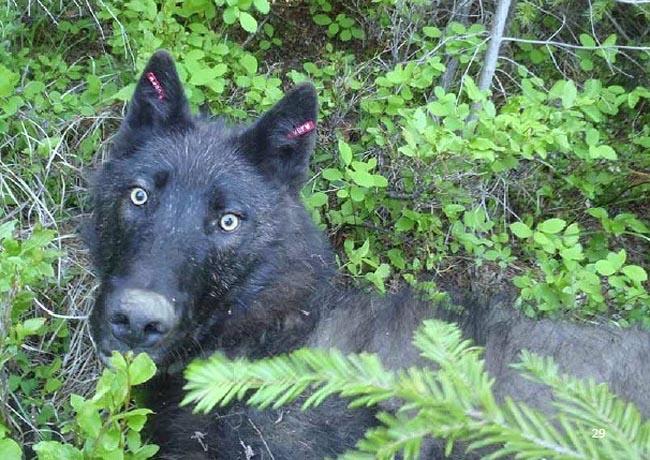
State Wildlife Agency Kills Final Two Wolves In Northeastern Washington Wedge Pack
BY NICHOLAS K. GERANIOS / AP
The state of Washington has killed the last two known wolves in the so-called Wedge pack in Stevens County, which had been preying on livestock, the Department of Fish and Wildlife said Monday.
The agency killed an adult male wolf and adult female wolf last Thursday, two days after authorizing the killings of the endangered animals.
Investigators for the agency found the pack was responsible for 16 livestock depredations since May. The agency had previously killed one wolf in July in an unsuccessful effort to alter the pack’s behavior.

File photo. Most of the wolves in Washington are in the northeastern part of the state. CREDIT: WA Department of Fish & Wildlife
The last depredation occurred on Aug. 1, the agency said. The pack was responsible for four dead and 19 injured head of cattle since May, the agency has said.
“We heavily feel the loss of the Wedge wolf pack and understand people on either side of the wolf issue will also have some strong emotions about it,″ said agency wolf policy lead Donny Martorello. “Finding the balance for wolves and livestock-based livelihoods to co-exist in not always as easy as we’d like it to be.″
Conservationists were upset by the state’s continued killing of wolves hunting on public lands.
“WDFW’s priority should not be killing wolves for displaying normal wolf behavior,″ said Zoe Hanley of Defenders of Wildlife. “This recurring cycle of killing wolves on our public lands cannot continue. Defenders of Wildlife will keep calling for effective management protocols — including range riding — that protect humans and wolves.”
But the use of non-lethal methods, such as range riders and lights, to prevent the attacks on livestock in the Kettle River range have not worked in this case, the agency has said.
Wolves were exterminated in Washington by the 1930s, but they began returning to the state from Idaho and British Columbia early this century. Most live in sparsely-populated northeastern Washington state.
There have been repeated conflicts with cattle, leading to the extermination of several wolf packs in recent years.
The state has said the wolf population grew to an estimated 145 wolves in 26 packs in 2019. That compared with 126 wolves in 27 packs in 2018.
The state has killed more than 30 wolves in recent years for preying on livestock, even though they are a protected species.
The U.S. Fish and Wildlife Service ended Endangered Species Act protection for wolves in the eastern third of the state but preserved it for those in the western two-thirds. Under state law, wolves are listed as endangered.
Copyright 2020 Associated Press















